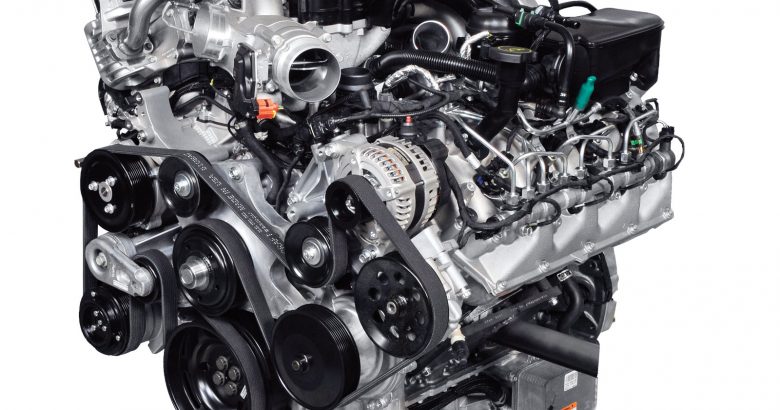
Compared to other technologies, it seems like car engines haven’t really changed much over the years. The engine in a Model A Ford has plenty in common with the engine in a 2016 Jeep. The same principle still applies: The air and fuel are combusted to create the rotational force that moves a car. But while the same basic principles apply, modern car engines have evolved to meet the power and efficiency needs of today’s applications. Here’s a few ways they have evolved:
Engine efficiency
Your basic gasoline car engine isn’t terribly efficient. Of all the energy stored in gasoline, only about 15 percent gets converted into the mechanical energy. In fact, according to the EPA, 62 percent is lost due to just heat and friction. Diesel engines are slightly better at about 18%.
Increasing efficiency
Today we have a lot of technologies that make engines more efficient. For example, fuel injection mixes the fuel and the air just before they’re sucked into the cylinder. This can improve engine efficiency by 11 percent because the fuel burns more efficiently. Nissan is big on turbochargers according to Reedman-Toll Nissan of Bethesda, MD, a factory-authorized Nissan dealer because they use the exhaust gas flow to compress the air that is used the combustion cycle. This compressed air leads to more efficient combustion. Variable-valve timing is a technology that allows an engine to use only the fuel it needs, increasing efficiency.
More Power
People are more concerned with gas mileage now than in the old days, but they’re also more concerned with engine power. Modern cars are a lot heavier than before and they’re carrying heavier loads at faster speeds. Through design and manufacturing breakthroughs, today’s engines are more powerful than their predecessors. For example, in 1983, the Chevrolet Malibu had a 3.8-liter V-6 engine that made 110 horsepower. Twenty years later, the 3.6-liter V-6 in the Malibu makes 252 horsepower.
Smaller
Since modern engines produce more power than older engines, you’d expect them to be bigger. The opposite is true: while engine power increased over the years, engine size decreased. The same technology that helps modern engines work more efficiently also means they can make more power without growing larger. For example, the 2015 F-150 has an optional 3.5-liter V-6 engine that makes 365 horsepower. The standard 5.0-liter V-8 makes 360 horsepower. Whats the catch? A little more torque is put out by the 5.0-liter engine which makes it better for towing.
Working smarter
Some engines today have technology that makes them work smarter. Cylinder deactivation is a system that allows some cylinders in an engine shut down when they’re not needed. This can effectively make a V-8 become a V-4 when crusing. When more power is needed, such as when passing, those additional cylinders kick in.
Variable-valve timing is another technology that helps modern engines work smarter. With variable-valve timing, the valve openings are optimized for the load the engine is under. That helps the engine use less gas and work smarter.
Modern Engines Have Partners
In hybrid cars, modern engines get help from electric motors powered by battery packs.
© iStockphoto.com/Christian Waadt
Modern engines have a lot of technology that helps use less fuel while making more power than older engines, but they have one last thing that older engines just didn’t have: partners.
Today’s car engines are not only sophisticated technological achievements, they’re partnered with other high-tech components that help them do their jobs better. A four-or five speed transmission used to be cutting-edge, but today’s engines are partnered with transmissions with seven and even eight speeds. The more speeds a transmission has, the better it’s able to mesh with engine power, making the whole drive train run more efficiently. Or, if eight speeds aren’t enough, modern engines are partnered with Continuously Variable Transmissions (CVTs). CVTs have an infinite number of gear ratios, making them able to transmit the engine’s power to the wheels in the most efficient way possible.
In hybrid cars, modern engines get help from electric motors powered by battery packs. While the electric motor can power the car at slow speeds, or run accessories when the car is stopped, it can also kick in to generate extra power when it’s needed, like when a car is accelerating hard. Having an electric motor as a backup means that the car’s engine can be a bit smaller and less powerful, which saves fuel. In some cases, though, car companies are combining electric motors with big, powerful engines for a performance punch.
Image Source: zimauto24.com